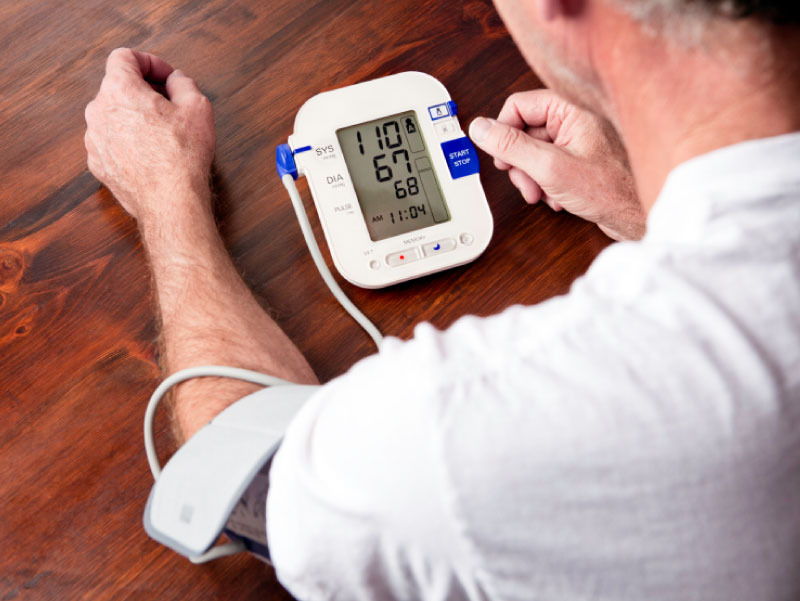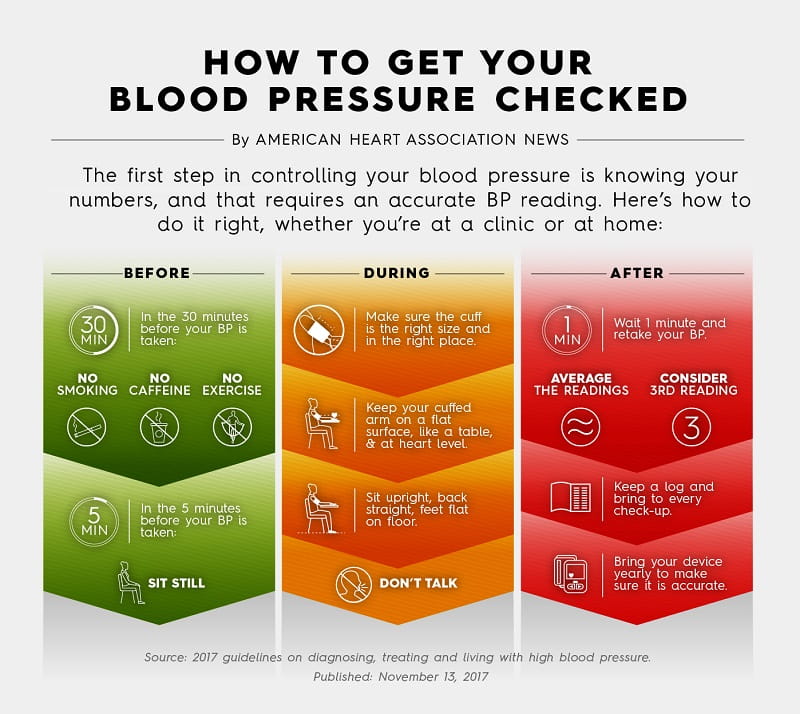Half of U.S. adults should monitor blood pressure at home, study says
By American Heart Association News

Some people go to the doctor and find the intake so nerve-wracking their blood pressure spikes. Others find the routine relaxing, as they're asked to rest for a moment and breathe easy before a blood pressure cuff is wrapped around their arm.
People with borderline hypertension in both categories should confirm the readings by measuring their blood pressure outside their health care provider's office, according to new research published Monday in the American Heart Association journal Hypertension.
Nearly 93% of U.S. adults who have high blood pressure when measured in their doctor's office and don't take blood pressure medicine meet the criteria for "white coat hypertension" because their blood pressure is in an acceptable range when re-measured outside a medical setting. Meanwhile, about a third of U.S. adults experience "masked hypertension" because their blood pressure levels measured outside of the doctor's office are more problematic than measurements at the doctor's office.
"For some people, a doctor's office is a place they're relaxed," said Paul Muntner, an epidemiologist at the University of Alabama at Birmingham and the study's senior author. "They are away from job stress, traffic and family issues."
Others, he said, get anxious they are about to get bad news about their blood pressure – or something worse. Their readings in the doctor's office cause concern whereas measuring in a more familiar setting would cause less stress.
In either case, the study used the American College of Cardiology and American Heart Association guidelines to determine that as many as 104 million Americans routinely should use a blood pressure machine at home to provide backup for – or a contrast with – the results from their visit to the doctor's office. People are considered to have high blood pressure if their systolic, or top number, is 130 or higher and their diastolic, or bottom number, is 80 or higher.

Measuring blood pressure outside of a medical setting doesn't have to be expensive or difficult.
Many pharmacies or grocery stores have blood pressure machines customers can use for free. Reliable home versions with an electronic inflatable cuff can be found at local drug stores for less than $50, and Muntner said the device should be one that already has been tested and validated.
Other options, such as ambulatory blood pressure machines, can be more involved. Those provide readings throughout the day and night and can flag hypertension while people are asleep.
But the sheer size of the population the study suggests should be measuring their blood pressure at home could make it a daunting task to achieve, said Dr. Raymond R. Townsend, who was not associated with the study.
"How many people would be well served by out-of-office blood pressure monitoring? My answer would be virtually anybody," said Townsend, who heads up the high blood pressure program at the Hospital of the University of Pennsylvania in Philadelphia. "I think that's a little ambitious."
The study concedes there are barriers to widespread blood pressure monitoring at home: patient compliance, accuracy of the results, out-of-pocket costs of the device and the time needed to instruct patients on how to take their blood pressure.
What is not subject to debate is the importance of controlling hypertension. The consequences of unmanaged high blood pressure can include heart disease, stroke and organ damage.
And, Muntner said, the study makes a case that there is a benefit to getting more people to check their blood pressure on their own.
"For individual patients, hopefully it means people will be more engaged with their own health care and not just when they go to the doctor's office."
If you have questions or comments about this story, please email [email protected].





